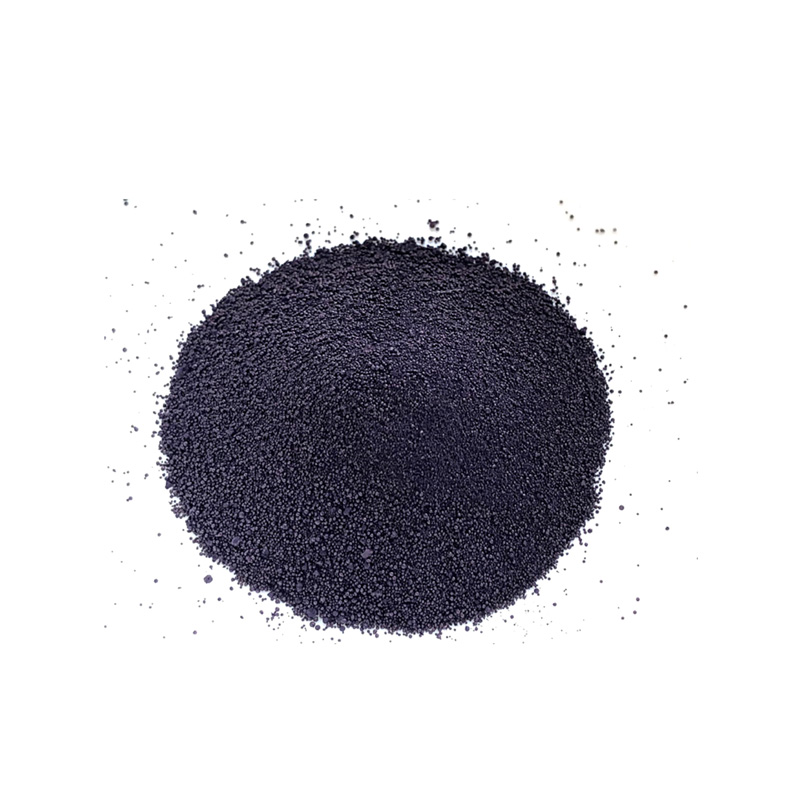Exploring the Chemistry and Manufacturing Processes of Indigo Dye for Textile Applications
The Chemistry and Manufacturing of Indigo Dye
Indigo dye, known for its rich blue color and historic significance in textiles, has captivated artisans and consumers alike for centuries. The chemistry behind indigo dye and its manufacturing process involves a fascinating blend of natural and synthetic techniques, reflecting both ancient traditions and modern industrial practices.
Historical Context
Indigo dye has been used since ancient times, with evidence of its use in cultures worldwide, from the Indus Valley civilization to the Mayans. Traditionally, indigo was derived from various plants, including the indigofera species, which contain indican, a precursor to the dye. The extraction process involved fermenting the plant material, allowing the indican to be converted into indigotin, the actual dye molecule.
Chemical Composition
The chemical structure of indigo is complex yet intriguing. Indigo's chemical formula is C₁₆H₁₀N₂O₂, consisting of two indole units linked via a double bond. This structure is responsible for its unique color properties and its ability to form insoluble pigments. The process of converting indican into indigotin involves hydrolysis and oxidation reactions, which can be affected by various factors such as temperature, pH, and the presence of salts.
Manufacturing Process
In modern times, indigo production has moved largely towards synthetic processes due to the growing demand and the economic viability of chemical synthesis. The synthetic production of indigo typically begins with the reaction of aniline and benzaldehyde to form an indole compound, which is then further processed to yield the final indigo dye.
indigo dye chemistry manufacturers

While synthetic indigo is predominant in the textile industry, there is still a significant market for natural indigo, especially among artisanal dyers who value its organic origins. The natural dye production process remains labor-intensive, involving the cultivation of indigo plants and careful fermentation to produce high-quality dye.
Sustainable Practices
As the fashion and textile industries face increasing scrutiny over their environmental impact, both manufacturers of synthetic and natural indigo are exploring more sustainable practices. This includes developing more efficient methods of cultivation and extraction for natural indigo, as well as utilizing greener chemistry in synthetic methods. Innovations in biochemistry have led to the exploration of bioengineered methods to produce indigo, which could minimize the environmental footprint associated with traditional synthetic processes.
Application in Textiles
Indigo dye is predominantly used in denim fabric, which has become a staple in modern fashion. The production of denim involves dyeing yarns with indigo using various techniques, such as rope dyeing and ring dyeing, each producing different shades and effects. The intrinsic properties of indigo, such as its fading characteristics and ability to develop a patina over time, contribute to the unique appeal of indigo-dyed textiles.
Conclusion
In conclusion, the chemistry and manufacturing of indigo dye encapsulate a rich history intertwined with modern scientific advances. The evolution from natural extraction methods to synthetic production reflects broader shifts in our approach to resource use and sustainability. As the demand for indigo continues, ongoing innovations in both natural and synthetic processes will play a crucial role in shaping the future of this iconic dye, keeping it relevant in an ever-evolving textile landscape. As consumers increasingly value sustainability, indigo dye manufacturers are poised to lead the way in merging tradition with modernity, ensuring that the legacy of this remarkable dye persists.
-
The Timeless Art of Denim Indigo Dye
NewsJul.01,2025
-
The Rise of Sulfur Dyed Denim
NewsJul.01,2025
-
The Rich Revival of the Best Indigo Dye
NewsJul.01,2025
-
The Enduring Strength of Sulphur Black
NewsJul.01,2025
-
The Ancient Art of Chinese Indigo Dye
NewsJul.01,2025
-
Industry Power of Indigo
NewsJul.01,2025
-
Black Sulfur is Leading the Next Wave
NewsJul.01,2025

Sulphur Black
1.Name: sulphur black; Sulfur Black; Sulphur Black 1;
2.Structure formula:
3.Molecule formula: C6H4N2O5
4.CAS No.: 1326-82-5
5.HS code: 32041911
6.Product specification:Appearance:black phosphorus flakes; black liquid

Bromo Indigo; Vat Bromo-Indigo; C.I.Vat Blue 5
1.Name: Bromo indigo; Vat bromo-indigo; C.I.Vat blue 5;
2.Structure formula:
3.Molecule formula: C16H6Br4N2O2
4.CAS No.: 2475-31-2
5.HS code: 3204151000 6.Major usage and instruction: Be mainly used to dye cotton fabrics.

Indigo Blue Vat Blue
1.Name: indigo blue,vat blue 1,
2.Structure formula:
3.Molecule formula: C16H10N2O2
4.. CAS No.: 482-89-3
5.Molecule weight: 262.62
6.HS code: 3204151000
7.Major usage and instruction: Be mainly used to dye cotton fabrics.

